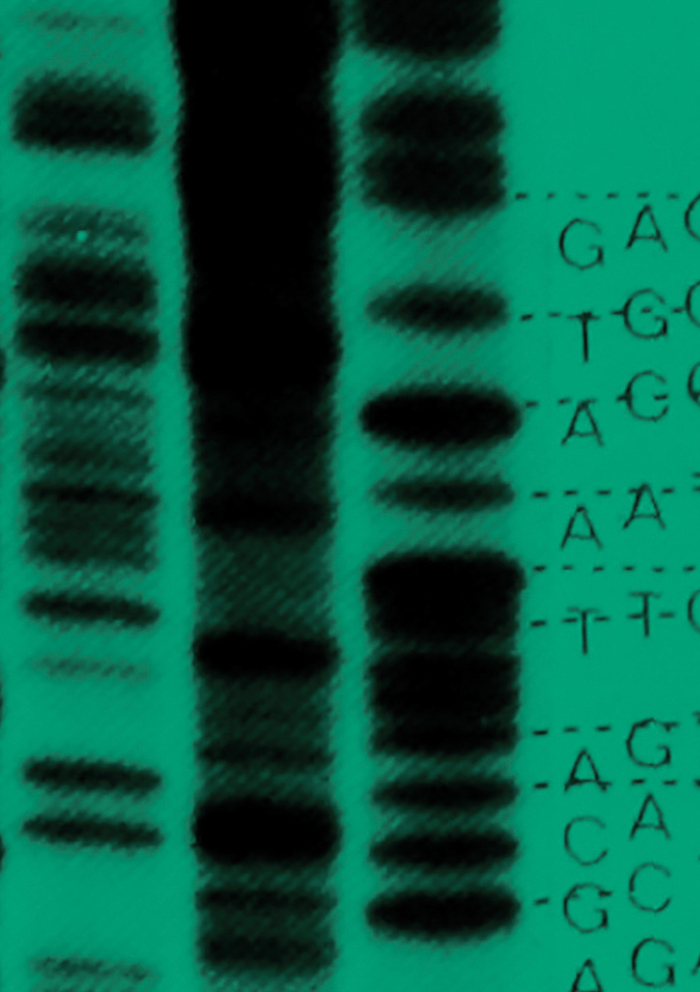 -
Volume 3,
Issue 2,
2017
-
Volume 3,
Issue 2,
2017
Volume 3, Issue 2, 2017
- Research Article
-
- Microbe-Niche Interactions
- Environmental Niche Adaptation
-
-
Absence of genome reduction in diverse, facultative endohyphal bacteria
More LessDavid A. Baltrus, Kevin Dougherty, Kayla R. Arendt, Marcel Huntemann, Alicia Clum, Manoj Pillay, Krishnaveni Palaniappan, Neha Varghese, Natalia Mikhailova, Dimitrios Stamatis, T. B. K. Reddy, Chew Yee Ngan, Chris Daum, Nicole Shapiro, Victor Markowitz, Natalia Ivanova, Nikos Kyrpides, Tanja Woyke and A. Elizabeth ArnoldFungi interact closely with bacteria, both on the surfaces of the hyphae and within their living tissues (i.e. endohyphal bacteria, EHB). These EHB can be obligate or facultative symbionts and can mediate diverse phenotypic traits in their hosts. Although EHB have been observed in many lineages of fungi, it remains unclear how widespread and general these associations are, and whether there are unifying ecological and genomic features can be found across EHB strains as a whole. We cultured 11 bacterial strains after they emerged from the hyphae of diverse Ascomycota that were isolated as foliar endophytes of cupressaceous trees, and generated nearly complete genome sequences for all. Unlike the genomes of largely obligate EHB, the genomes of these facultative EHB resembled those of closely related strains isolated from environmental sources. Although all analysed genomes encoded structures that could be used to interact with eukaryotic hosts, pathways previously implicated in maintenance and establishment of EHB symbiosis were not universally present across all strains. Independent isolation of two nearly identical pairs of strains from different classes of fungi, coupled with recent experimental evidence, suggests horizontal transfer of EHB across endophytic hosts. Given the potential for EHB to influence fungal phenotypes, these genomes could shed light on the mechanisms of plant growth promotion or stress mitigation by fungal endophytes during the symbiotic phase, as well as degradation of plant material during the saprotrophic phase. As such, these findings contribute to the illumination of a new dimension of functional biodiversity in fungi.
-
- Systems Microbiology
- Transcriptomics, proteomics, networks
-
-
Modification of the Streptococcus mutans transcriptome by LrgAB and environmental stressors
More LessThe Streptococcus mutans Cid/Lrg system is central to the physiology of this cariogenic organism, affecting oxidative stress resistance, biofilm formation and competence. Previous transcriptome analyses of lytS (responsible for the regulation of lrgAB expression) and cidB mutants have revealed pleiotropic effects on carbohydrate metabolism and stress resistance genes. In this study, it was found that an lrgAB mutant, previously shown to have diminished aerobic and oxidative stress growth, was also much more growth impaired in the presence of heat and vancomycin stresses, relative to wild-type, lrgA and lrgB mutants. To obtain a more holistic picture of LrgAB and its involvement in stress resistance, RNA sequencing and bioinformatics analyses were used to assess the transcriptional response of wild-type and isogenic lrgAB mutants under anaerobic (control) and stress-inducing culture conditions (aerobic, heat and vancomycin). Hierarchical clustering and principal components analyses of all differentially expressed genes revealed that the most distinct gene expression profiles between S. mutans UA159 and lrgAB mutant occurred during aerobic and high-temperature growth. Similar to previous studies of a cidB mutant, lrgAB stress transcriptomes were characterized by a variety of gene expression changes related to genomic islands, CRISPR-C as systems, ABC transporters, competence, bacteriocins, glucosyltransferases, protein translation, tricarboxylic acid cycle, carbohydrate metabolism/storage and transport. Notably, expression of lrgAB was upregulated in the wild-type strain under all three stress conditions. Collectively, these results demonstrate that mutation of lrgAB alters the transcriptional response to stress, and further support the idea that the Cid/Lrg system acts to promote cell homeostasis in the face of environmental stress.
-
Most Read This Month


